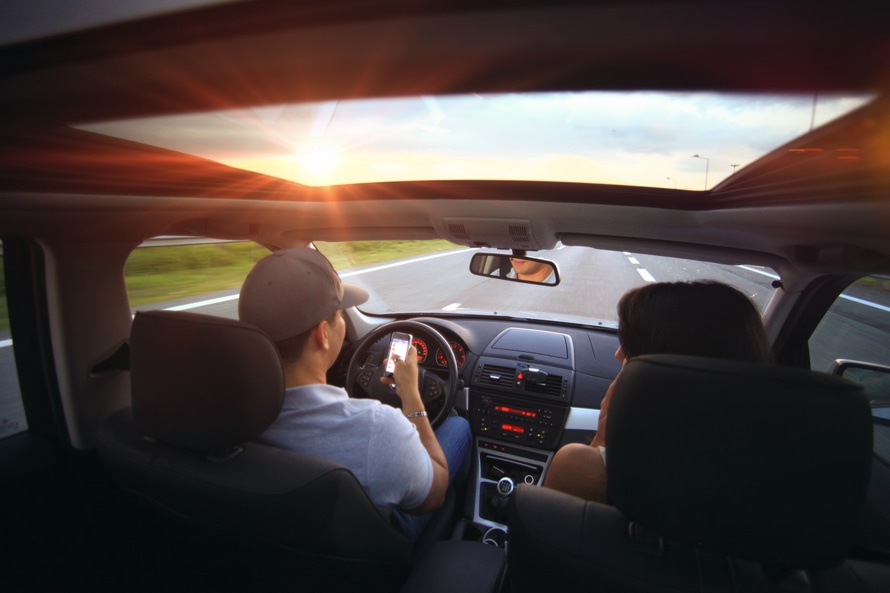
Distracted driving has been a prevalent issue in recent years. Auto accidents can have serious repercussions including life-changing injuries and even death. Paying close attention to the road and cars around you is crucial to avoid the consequences of getting distracted. In any personal injury claim, you will want justice. It is also important to prove fault so that you can be reimbursed for any property damage or medical bills resulting from distracted driving. If the driver responsible is denying that they were participating in distracted driving, it can be frustrating. To better assess the facts of your situation and begin building your case, reach out to a San Mateo County, California car accident lawyer.
What is Distracted Driving?
Distracted driving is a dangerous activity that most people have taken part in at one time or another. If the person responsible for your injury claim was doing any of the following while driving, they were distracted driving.
- Eating
- Drinking
- Texting or calling
- Adjusting the radio or navigation system
Is Distracted Driving Common?
Yes, distracted driving is a very common problem. In recent years it has become one of the leading causes of car accidents across the United States. Many people don’t realize that what they’re doing is considered distracted driving. According to research, in 2021 this resulted in over 400,000 serious injuries and more than 3,000 deaths. Glancing away from the road to change the radio or answer a phone call only takes moments, but the consequences can be everlasting.
How Can I Prove the Driver Was Distracted?
Proving that the driver was distracted can be very important in your personal injury claim. California is a fault state, meaning that the party found to be at fault is responsible for paying damages to the victim. It is vital that you are able to prove liability.
There are multiple steps you can take to begin building a case to prove distracted driving.
- Talk to eyewitnesses
- Anyone who saw the accident take place could have seen what the driver was doing at the time of the accident and may be able to corroborate your story.
- Reference police records and statements
- Any official information gathered shortly after the accident can reveal minor important details that may prove your claims.
- Look into phone records
- If the driver was on the phone when the accident occurred it may be verifiable by checking texts sent or calls made around the time of the accident.
- Investigate physical evidence
- Are there records of the contents of the driver’s car? Discarded food wrappers, cosmetics, or other physical evidence could tell the story of what the driver was doing.
- Acquire surveillance video
- If surrounding stores or cars had security cameras recording you may be able to obtain the videos to see if you can prove that the driver was preoccupied at the time of the accident.